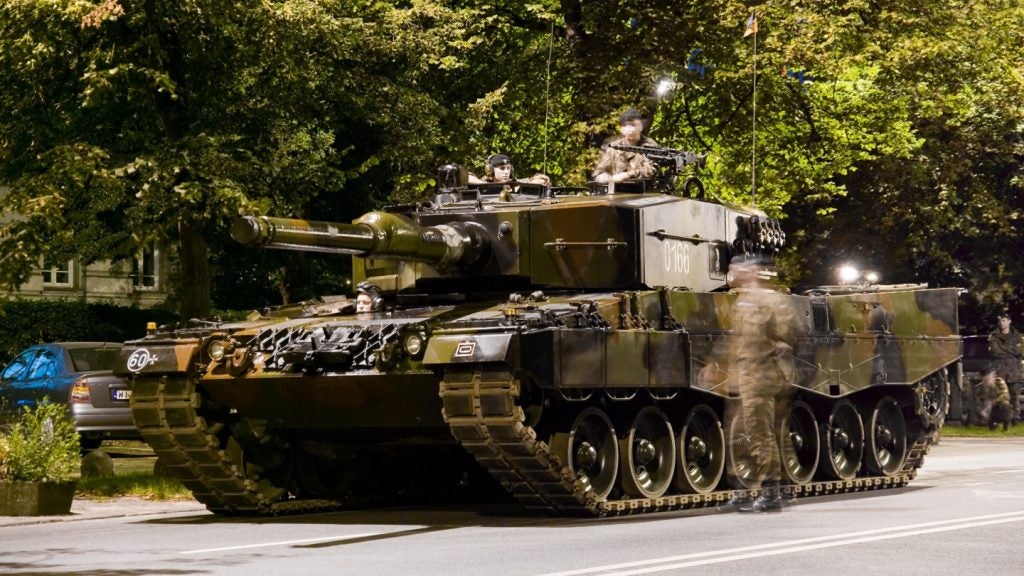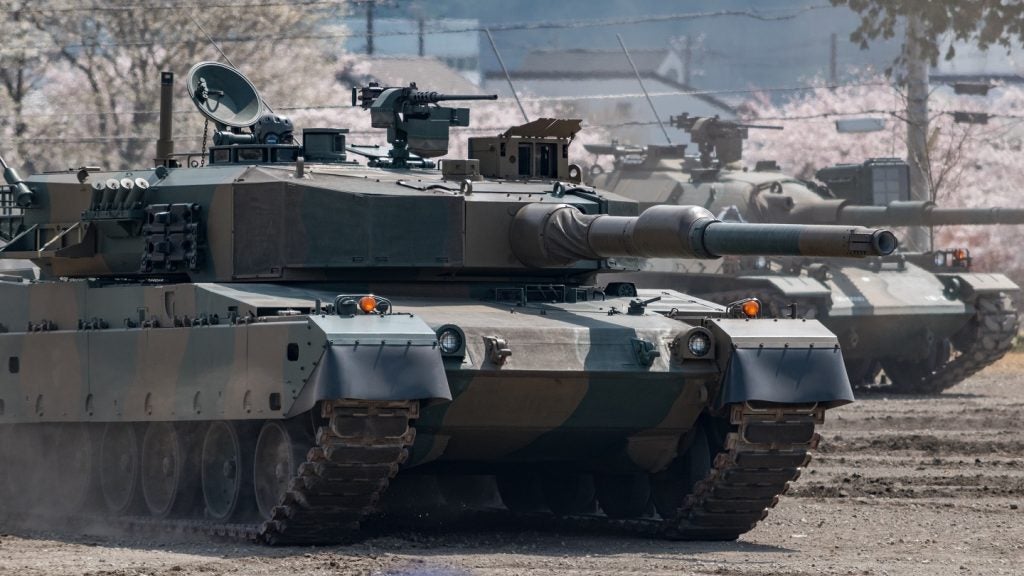Spirit AeroSystems. has filed a patent for a method of bonding metallic components together to form a single piece. The method involves protecting the bonding surfaces, applying a force to push the surfaces together, and passing an electric current through the surfaces to weld them together. Various techniques can be used to protect the surfaces, such as plating with a noble metal or placing them in a vacuum. The force and electric current can be adjusted to push out excess metal around the joint. The electric current can also be pulsed to induce electroplasticity. GlobalData’s report on Spirit AeroSystems gives a 360-degree view of the company including its patenting strategy. Buy the report here.
According to GlobalData’s company profile on Spirit AeroSystems, Photovoltaic drones was a key innovation area identified from patents. Spirit AeroSystems's grant share as of June 2023 was 1%. Grant share is based on the ratio of number of grants to total number of patents.
Method of bonding metallic components using electric current and force
A recently filed patent (Publication Number: US20230201950A1) describes a method for bonding metallic components together to form a single piece. The method involves protecting the bonding surfaces of the components, applying a force to push the surfaces together, and simultaneously applying an electric current to forge weld the surfaces and create a strong bond.
To protect the bonding surfaces, various techniques can be used. These include plating at least one of the surfaces with a noble metal, applying a coating to the surfaces, shielding the surfaces with a noble gas, or placing the surfaces in a vacuum. These protective measures help prevent reactions with the environment that could weaken the bond.
The force required to push the bonding surfaces together can be applied using a press, ensuring a tight fit between the components. Additionally, the electric current is pulsed to induce electroplasticity in the metallic components, further enhancing the bonding process.
Another aspect of the method involves protecting the bonding surfaces after positioning them adjacent to each other. This can be done by plating the surfaces with a noble metal such as gold, palladium, or platinum. Alternatively, a protective flux can be applied to the surfaces, or the components can be placed in an inert chamber or vacuum environment.
The force applied to the components during the bonding process typically ranges between ten and thirty tons. The electric current passing through the bonding surfaces causes the temperature to increase significantly, reaching temperatures between 700 and 2100 degrees Fahrenheit.
Overall, this patent describes a method for bonding metallic components together using a combination of force and electric current. The protective measures and pulsed current help ensure a strong and durable bond between the components. This method has potential applications in various industries where the bonding of metallic components is required.
To know more about GlobalData’s detailed insights on Spirit AeroSystems, buy the report here.
Data Insights
From

The gold standard of business intelligence.
Blending expert knowledge with cutting-edge technology, GlobalData’s unrivalled proprietary data will enable you to decode what’s happening in your market. You can make better informed decisions and gain a future-proof advantage over your competitors.







